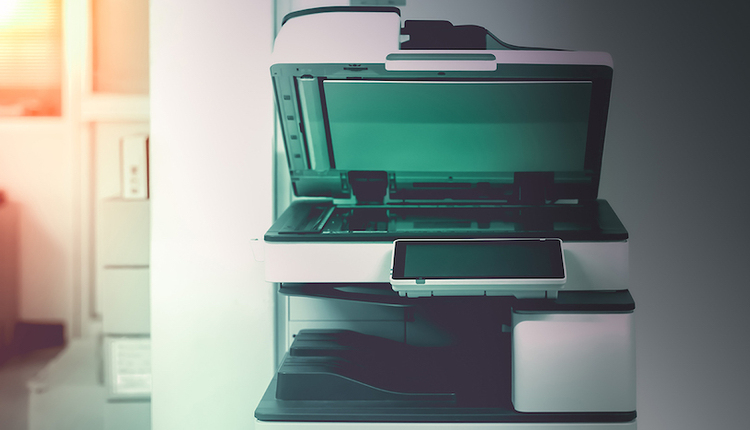
Here we are, Florida in late June, headed into hurricane season. It is the season we stock up on water, batteries and many other supplies in case we should need them for survival. This time of year also makes me think about being ready for the possibility that nature might decide to wreak havoc. It is also the time of year when I ask businesses about their disaster readiness plan. Notice I did not say disaster recovery. If you have to recover, it is too late to think about being prepared.
Anticipation
Of course, you should not wait until a season draws near. You should always be ready with a disaster recovery and business continuity plan. Disaster can strike at any moment and could be natural or human triggered. Fire, flood, earthquake or disgruntled employee—they all can cause chaos in your business. The question is, "when and what?" When will it happen, and what happens next?
"The real discussion must focus on vital information and what level of sophistication is required for business continuity."
You can never prepare for every possibility, but you can put into place some measures to help your recovery go smoother and be more complete. For example, if you were to combine the use of on-premise and cloud, you could store in the cloud, which is accessible anytime from anywhere. If something were to happen, you could pull from the cloud to recover your information.
You might use redundant servers across the enterprise, storing in several locations simultaneously. Perhaps, these systems are designed as a fall-over as well so that if the main server in Atlanta goes down, the one in Phoenix kicks in with no disruption. The real discussion must focus on vital information and what level of sophistication is required for business continuity.
What to think about
This is not just for your digitally created materials but also your paper-based information. How would you recover that? The answer is to convert it using scanners to capture that paper-based information and transform it into a digital format that can then be saved and managed properly. When you do this, and now control digitally, you have a better chance of recovering it and getting your business back online should chaos strike. If the paper copies are absolutely required, you might consider scanning for day-to-day reference and storing the originals in a safe, offsite location.
MORE: An Emergency Management Plan that Protects All Your Business Assets
Not only do you have to think about the information, you also need to establish the recovery process. Who is the lead, who has what responsibility, and how does it all get coordinated when required. This is essential, and you should also run drills to ensure it will work and refine it periodically. Training and rehearsing will make the recovery process smoother and more complete.
In my view
Businesses who are taking the proactive approach in capturing and converting their paper-based information to a digital form are in better position to address disaster than those who are not. Think about what has happened in the past, your past, with natural disasters, like hurricanes, floods and wild fires, or even man-made, like fire and flooding, due to human error or intent. How would you recover from a fire that wipes out not only the building but all of your paper-based client files, where in a digital environment, you would have a back-up copy somewhere safe and off-premise that you can access and restore. The best way to address disaster is to prevent it, but in the case chaos does strike, you can plan and prepare for it.
The time is now to prepare for the unknown. You cannot predict what will happen, when it will happen and the impact it will have. You can prepare to react when it does happen, and a coordinated approach is the only way to ensure you have a good shot and a fast recovery. What are you waiting for? If you need help, seek expert advice, but begin making your plans today.
















